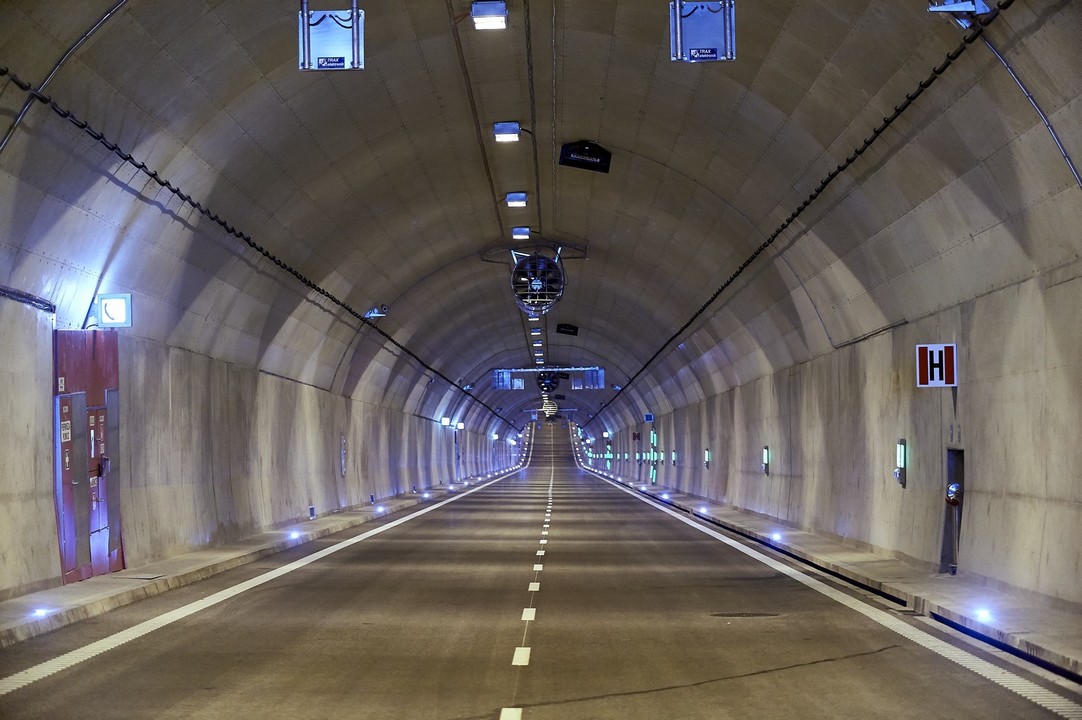Tunnel drainage characteristics
16 September 2021What is tunnel drainage? Tunnel drainage systems are used to collect water and any toxic or flammable liquids spilled on a tunnel road surface, underground passages or underground roads discharging them into a collector and receiver.

It is important to mention that there are many types of tunnels, based on their location, proximity to a water body, type of load, method of construction or shape. However, the most popular and standard division defines two types of tunnels: transport tunnels and communication tunnels using two system types to drain them: a shallow one and deep one.
Shallow drainage system
The protection of the tunnel starts with surface drainage with the purpose to efficiently and completely take over drained water from the area. They are implemented along the tunnel through underground passages and culverts.
A well-proven solution performed transversely to the traffic direction is a linear drainage system that takes over rainwater flowing on the surface, while inside the tunnel along the curb line, a tunnel drainage such as SYTEC's solution performs simultaneously as a curb and linear drainage.

Deep Drainage System
The second type of tunnel drainage is the "deep system". Depending on the situation, it may have the function of lowering the groundwater level removing its inflow or directing it outside the tunnel structure. In this last case it does not lower the groundwater level, but reduces the pressure it exerts on the casing. Depending on the customer needs, there may be installed, special drainage filters, systematic drainage or a gallery of collective groundwater connecting collectors to them.
For deep water collection drainage tunnels are used to allow removal from tunnels located in the rock mass. Adits must be placed on both sides of the tunnel to work properly.
An interesting solution that is worth mentioning is the use of draining systems that allows both deep drainage of deep and shallow tunnels. They are located on the tunnel casing as a drainage layer allowing the water intake on the casing to be discharged to the collective collector inside the tunnel. It should be kept in mind that the tunnels subject to drainage cannot be directly exposed to groundwater.

